
Here we go, starting with four CD-related products: three SPDIF digital cables and an accessory for CD playback. If the former might rankle the sensibilities of some outside the audiophile sphere, the latter will surely send those same people into a hissy fit.
To the naysayers, the Cable Guru says that prejudice is wrong and an open mind is right, and it’s not as if there isn’t some scientific basis to the cabling technologies or the accessory’s intended goal that even the most casual audio enthusiast can’t grasp on to. The funny thing is, until I received the accessory, I thought its category extinct. In fact, I thought its category relegated to the bin of tweaks from the past with dubious merits. That it endures, however, I find reassuring, not only in an old-school, physical media-related way, but in the sense that if a major cable manufacturer continues to invest resources in something as quaint and niche as a CD sound enhancer, it must think it’s got something good.
A word about digital cable length: Of their own volition, every manufacturer sent me their digital cable in a 1.5m length, which seems to reflect the industry norm in what is considered the ideal digital cable length when it comes to performance. So, is there a scientific reasoning in using a 1.5m length over a 1m one when the general consensus for speaker and interconnect cabling is the shorter, the better? Depends on who you ask.
One manufacturer who participated in this column explained that a “1.5 meter length cable will provide a bit more safety when it comes to the complete digital signal path being 75ohms or not. If there is anything in the transmission line that isn’t 75 ohms, a shorter cable can be more susceptible to reflections.”
To this, I’ll add the opinion I received from another manufacturer, not featured in this column: “A few years ago, an article was written and the author claimed that 1.5m is the optimal length. For some reason, the audiophile community seems to have adopted this as some sort of gospel. From our perspective, the situation is much more complex than what that author described. We have tested lengths as short a 7cm with outstanding results, so I recommend you purchase the length that works best for your application.”
So, there you have it: divergent opinions on audio, even among the experts. What a shock. As always, when it comes to buying personal products designed to be listened to, only the listener’s opinion matters. It may also be worth pointing out that shorter cables often cost less than longer ones.
Having decided that I would begin by inserting one cable or pair at a time to eliminate other unknown variables in the system that could affect the sound in ambiguous ways, I inserted the digital cables among my usual cables, which included a pair of Nordost Heimdall speaker cables and a pair of Moon Audio Silver Dragon interconnects. The digital cables connected a Simaudio Moon 260 transport with a Cambridge EVO150 feeding a Grandinote Shinai integrated amp.
Recordings I used to audition the cables spanned all genres and didn’t include audiophile labels, although it did include a song called “Dreamsville” by a contentious audio show favorite: Diana Krall. Hey, the song has good sound and nice arrangements by Dave Grusin, so it helped with my evaluations.
All cables arrived to me securely packaged, with their connectors covered in protective “gloves”. Connectors were of the slip-on type and all provided excellent grip with the jacks.
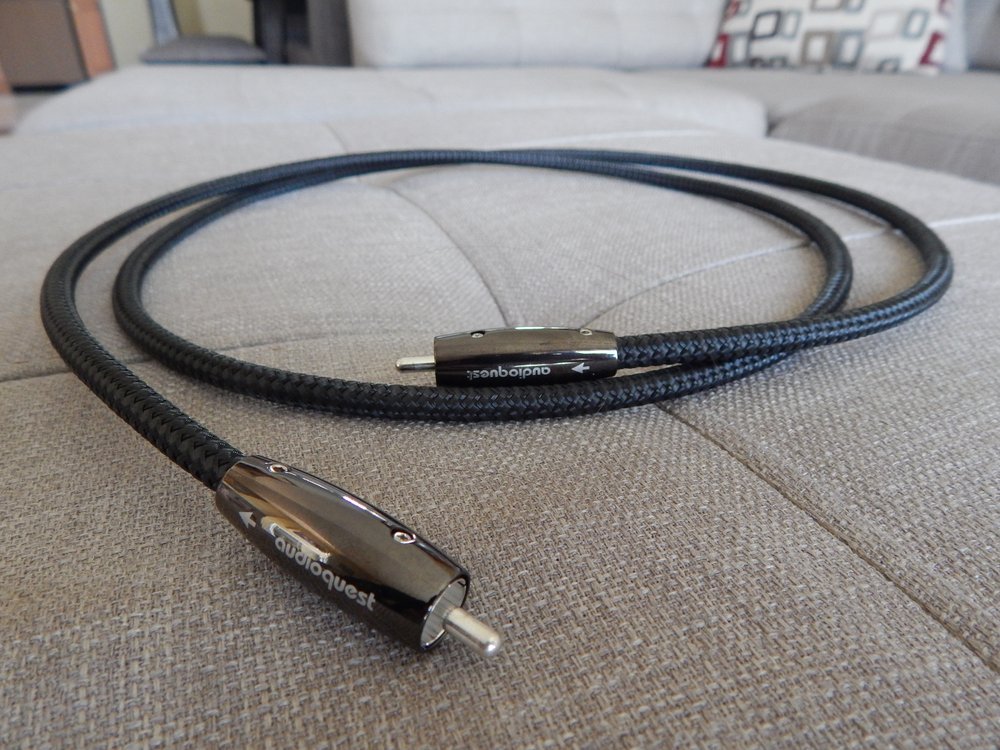
AudioQuest believes that “for a digital coax cable, speed is critical not because of how-much how-fast, but because time relationships within a digital stream are critical to the reconstruction of the analog waveform. Time-based damage (jitter) to this information within the data package makes the sound small and flat instead of 3D, harsh and foggy instead of smooth and clear.”
The Carbon uses Hard-Cell Foam (HCF) polyethylene insulation injected with nitrogen to create air pockets because there’s no better dielectric than air for rejecting noise and radio frequency (RF) interference. It uses a foil and silver-plated braid shield, a solid 5% silver conductor rather than a stranded one to avoid inter-strand distortion, which AudioQuest cites as the #1 source of distortion in cables, and the company’s proprietary Noise-Dissipation System (NDS), said to reject noise and RF energy.
The Carbon’s overall sound was open and transparent, offering a clear and scintillating view of the proceedings and a good amount of detail that was non-fatiguing and tactile. There was also a clarity of tone and an aliveness to the sound. Vocals were expressive, while instrumental notes and venue-echoes produced long sustains. Lower frequencies were imbued with a rhythmic, sprightly meatiness. But where this cable stood out most in comparison to the other two was in the size of its soundstage, which was slightly bigger, taller, and more spacious than that of the others. Some instruments, particularly those mixed up front and center, also gained stature, but remained fixed in space, un-contorted.
Highlights:clear tone, lively sound, big soundstage, good level of tactility
Takeaway: A solid performer for not much $, and a great choice for people looking for a bigger, 3D soundstage.
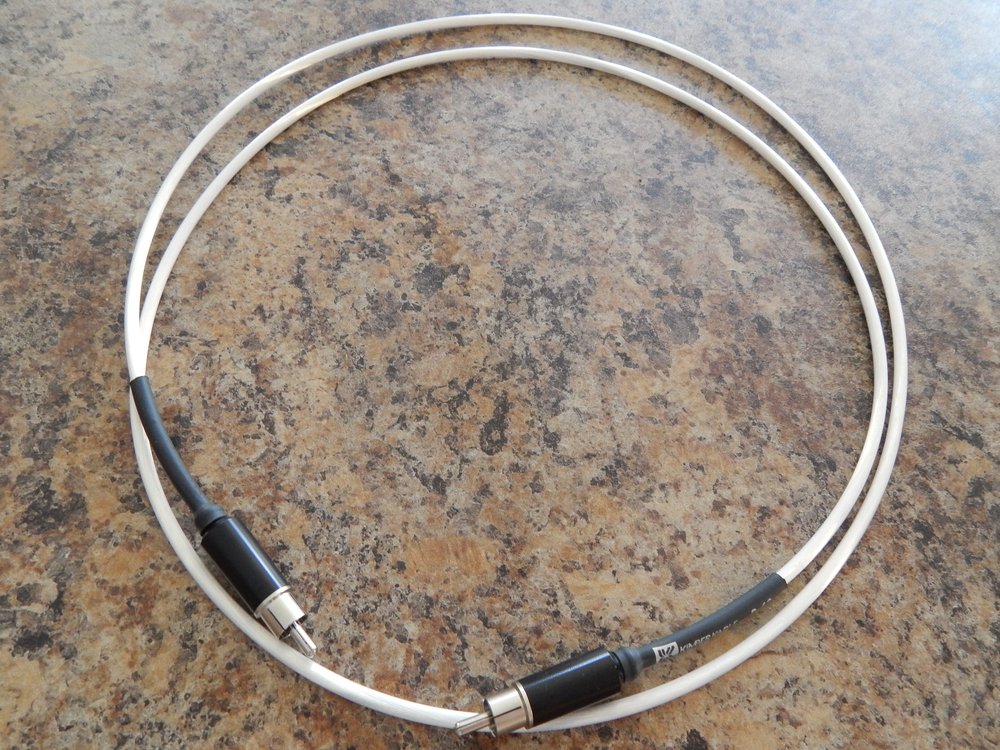
The D60 is one of those stalwart audio products; it’s been around in one form or another for almost as long as the consumer transport-DAC combo has. That it’s still in Kimber’s product line is a good sign. The D60 uses a pure, solid silver conductor and dual-layer pure silver shielding with 100% coverage around the connector shell to block out noise. It also boasts a velocity of propagation (VoP) of 85%, meaning that the cable is passing the electrical signal at 85% the speed of light.
Although the D60 was the thinnest cable of the bunch, there was nothing thin-sounding about it. The D60 offered up great momentum, a seamless image across the frequency band, bulging bass lines, 3-D imaging, and an ability to dig out detail within detail. It was very good at portraying the balance that exists between a note’s main sound and the fine sonic gradations of that note’s structure. The overall sound was smooth, transparent, with plenty of transient detail. Even on my CD of John Coltrane’s Plays the Blues—a stereo remix of a mono recording—every instrument was clearly separated and fleshed out in its own space.
Highlights: coherent, detailed, transparent, and natural
Takeaway: There’s a reason this model is still around. It gets everything right.
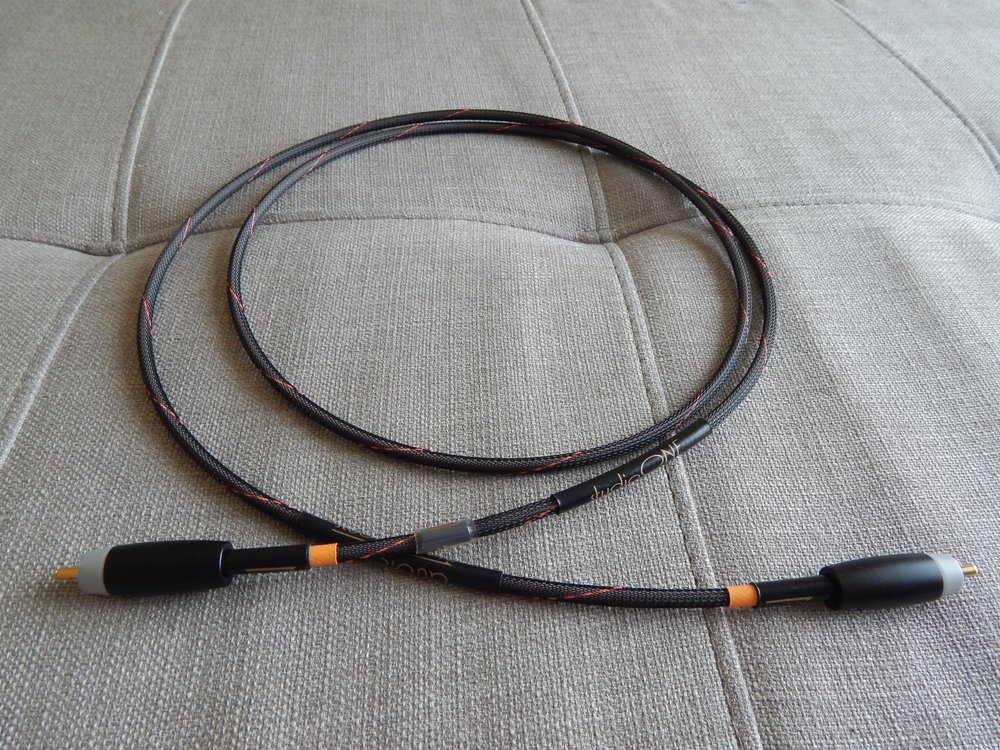
The Studio ONE series replaced the popular Au24SE one. Studio ONE cables use a high-purity oxygen-free copper conductor and cross-linked polyethylene insulation. Cross-linked polyethylene is “expanded’ to contain more air so that it’s a better dielectric than regular, denser polyethylene. All Studio ONE cables undergo Audience’s patented EHVP (Extreme High-Voltage Process), which shoots very high voltages through the cable, in the range of 800,000v, to achieve a more complete job of burn-in than what can be achieved at home. According to Audience, the largest benefits of the EHVP process are improved dynamics, coherence, tonal purity, and smoothness.
Hearing certain sounds being projected into my room, toward me, where such effects are present in the recording, was a wow moment for me. Diana Krall’s piano notes glided right in front of my eyes, Jimi Hendrix’s “…And the Gods made Love” spun a couple of feet behind my head. The cable delivered an uncanny reach-out-and-touch-it proximity, without making anything sound diffuse. Images stood solidly in space, while vocals exhibited a tangible presence and fleshiness, and also less artificial sibilants. There was a satisfying fullness to the sound, and texture, and a natural balance that made two of the toughest sounds to reproduce properly—piano notes and female vocals—sound very near the real thing. It also reproduced bass that surprised me by its volume and depth. Who knew my system could reproduce this kind of bass?
Highlights: deep bass, rich tone, full-sounding, and an elaborate soundstage
Takeaway: A fun, generous, surprising cable
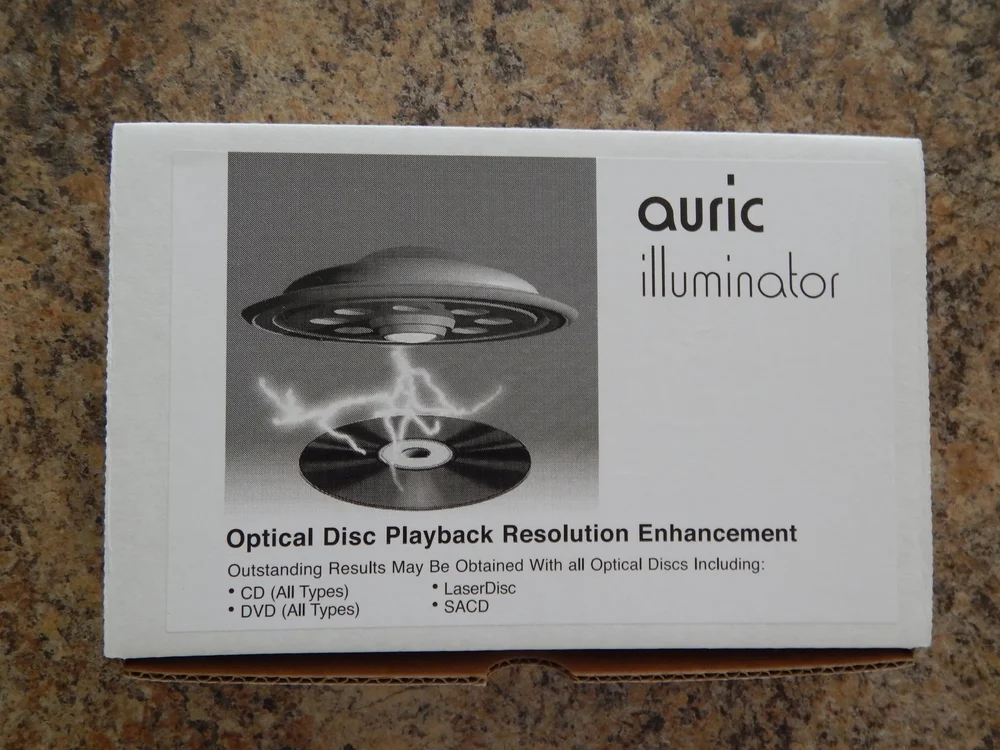
My initial intent was to talk about tweaks in a separate article devoted to such things, but how could I pass up including Audience’s Auric Illuminator Optical Disc treatment in an article linked to CD playback? Impossible. Since the Auric Illuminator debuted over 20 years ago, its box with the CD-zapping flying saucer on it specifies that “outstanding results may be obtained with all optical discs”, including “DVDs, Laserdiscs or SACDs”. That’s right, the CD has outlived all those other optical discs. Selling then for $39.95, the Auric Illuminator treatment now sells (at audioadviser.com) for $39.95—the same price as two decades ago, although I also saw the price being advertised as $49.95 on the Audience website. You know what that means, right? if you want it, order it now before Audience starts clamping down on price-cutters. And here’s some perspective: $40 in the year 2000 is equivalent in purchasing power to nearly $67 today.
So what is the science behind the Auric Illuminator? According to the company’s literature, the Auric Illuminator’s “two-step treatment process reduces ambient light and infrared light in the disc material. The result is improved signal-to-noise ratio of the reflected signal for more accurate timing of retrieved data.”
The two-step process consists of first using “the Auric Illuminator infrared absorbing pen to blacken the inside and outside edges of the CD (the outside rim and the inside of the center hole). Then (we) apply Auric Illuminator gel, (which) improves the optics by allowing laser light to enter and leave the disc with less reflection or scattering. The laser pickup “sees” a stronger, more sharply defined signal, resulting in fewer data retrieval errors.”
But if the 1s and 0s on a compact disc are immutable—if they’re permanent shapes engraved in a hard surface—that are, undeniably, already being read by the laser, then why use a product like the Auric Illuminator? Because it all comes down to how efficiently the laser pickup can read those 1s and 0s. The less the laser mechanism has to work to do it, the better, because then there’s less distortion that will get into the signal. At least, that’s the theory. And it explains the Auric Illuminator’s prime purpose, which is to reduce reflections and other light in the laser mechanism so that the laser can better focus on those 1s and 0s.
“The Auric Illuminator also lowers the surface electrical charge of a disc,” says Audience. “Which typically builds up a static charge while spinning against the air. The charge-and-discharge cycle can contribute to tilt and wobble, making a disc more difficult to track. This causes the pickup servo motors to work harder at maintaining focus, leading to power supply fluctuations that can degrade system performance. The Auric Illuminator prevents excessive static electricity from accumulating on a disc.”
One thing I wasn’t crazy about going into this tweak was using a permanent marker on my CDs, so I tested Audience’s claim on a less-than-favorite CD that the ink could be removed using isopropyl alcohol, and it worked right away. That said, and not being able to travel to the future, I would suggest that if you intend on removing the ink from your CD, don’t wait ten years to do it. As for the “semi-permanent” cream treatment, it’s really more of a slightly thick liquid than a cream, and when I buffed it onto the CD, it left no filmy residue. It was invisible. For best results, Audience suggests regularly re-applying the cream treatment. If one day you decide to remove the cream treatment, Audience says you can do so with a mixture of water and dishwasher soap. But again, I wouldn’t wait 10 years to do it.
Like a good student, I did what the instructions asked—I used the black marker to mark the inside and outer rims of the three CDs I’d chosen for the occasion. Then I spread a dollop of the cream across both sides of each CD’s surface, but not before I’d critically listened to the CDs to re-familiarize myself with their sound un-treated. Once the layers of cream had dried, I buffed the CDs’ surfaces with the included wipe, then went to action.
The three CDs I’d chosen included a live recording by Ben Harper, a big band studio release by Quincy Jones, and a gold disc edition of Jazz at the Pawnshop. On all three I noted the same improvements in overall clarity and detail retrieval. The sound on both the Harper and Pawnshop CDs—the latter also a live recording—was more ambient and alive. Notably, the Harper CD, whose stereo mix is so centralized it’s practically in mono, sounded more stereo-like—I was hearing more individual sounds from each channel. The crowds were better delineated, more human, while the venues’ more noticeable acoustics provided a greater sense of place. Likewise, the Jones CD showed to what extent the person behind the mixing board couldn’t let go of that reverb knob. On all three CDs, instruments sounded more vivid, fleshed out, and natural.
Highlights: clarity, increased detail, improved tone, more life
Takeaway: It works.
***
None of the products featured here are excessively priced but each made a positive contribution to my system and listening enjoyment. As far as I’m concerned, each cable represents the current state of the art at its price point, and perhaps beyond its price point. If you’re in the market for a digital cable, or a CD tweak, I strongly recommend that you give these products a whirl in your own system. None disappoint. I give you my Guru word.





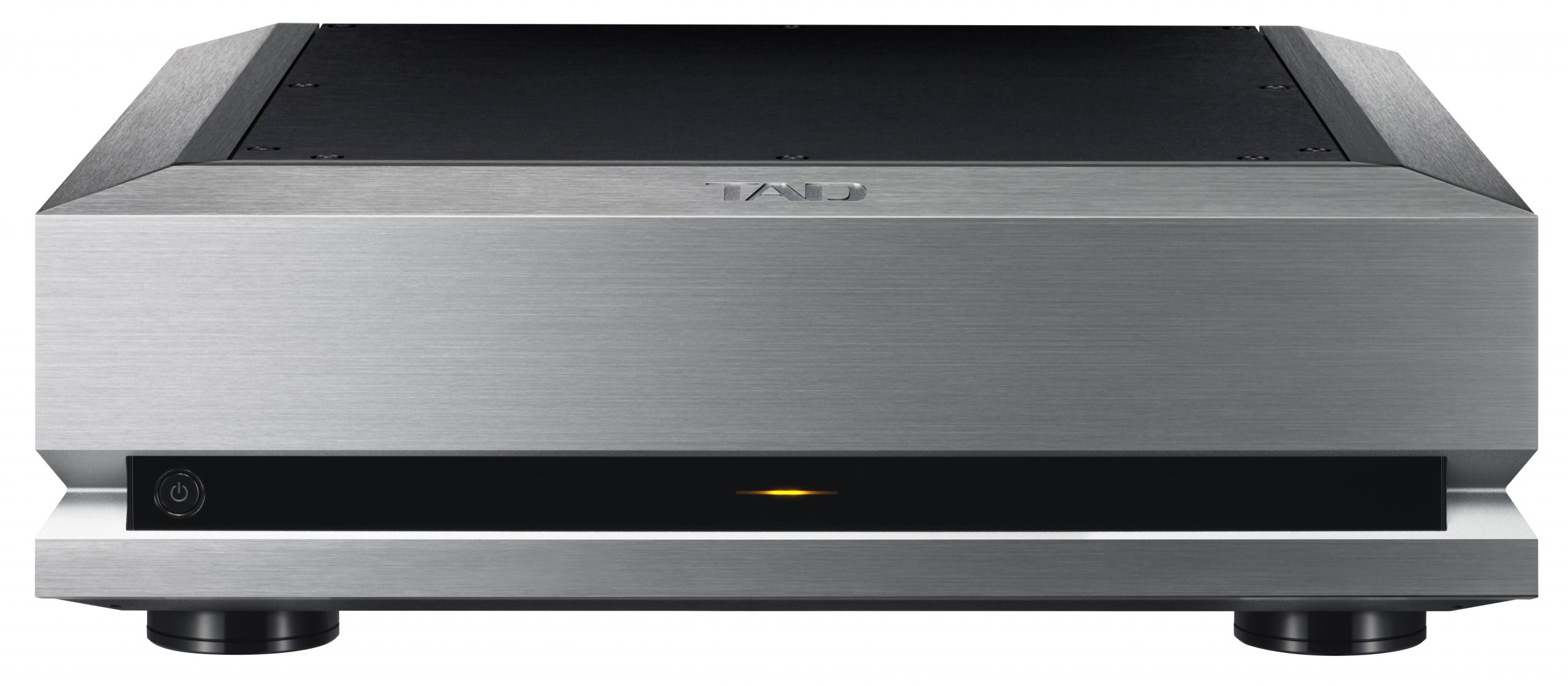

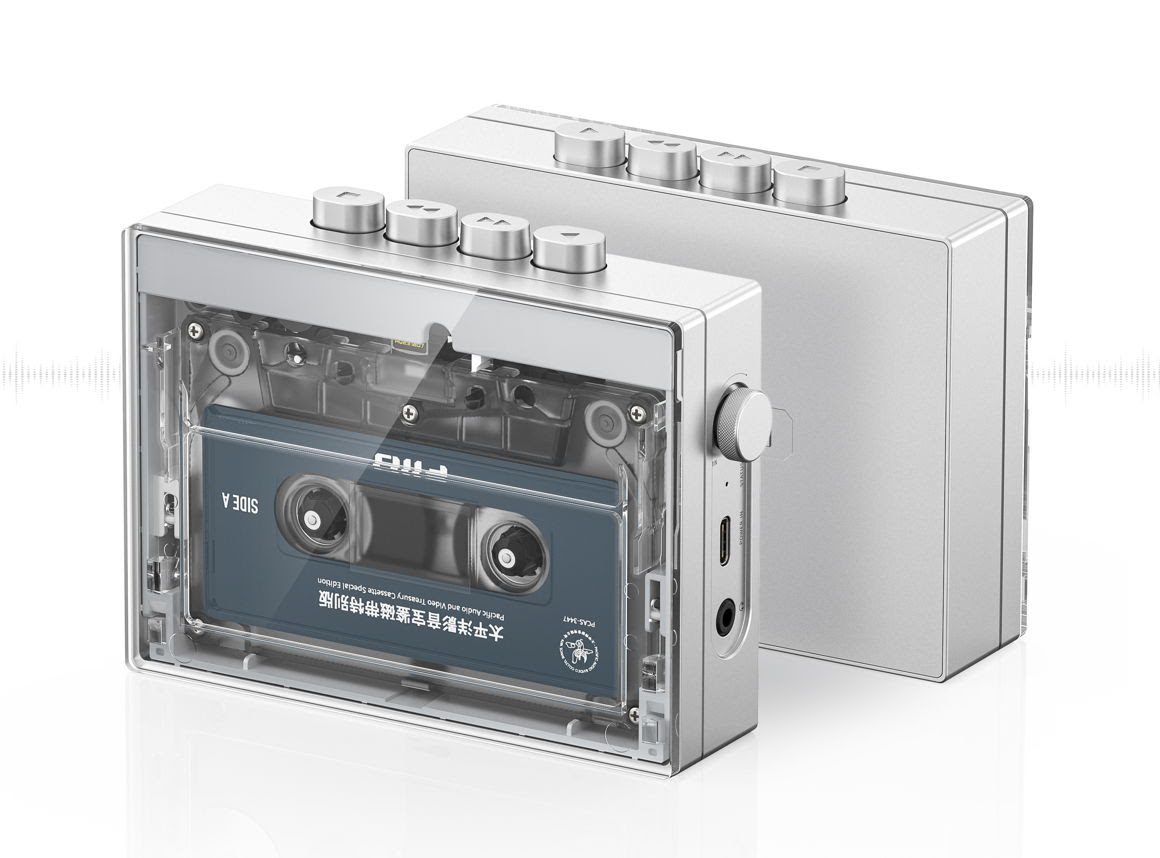


Leave a Reply